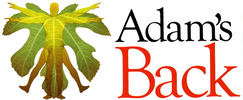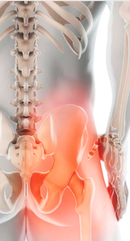|
27/6/2020 0 Comments Hip Flexor InjuryHave you suddenly experienced a pain near your hip, or in your groin? |
AuthorAdam's Back is a team of dedicated complimentary health professionals. Our aim is to support you in finding drug-free solutions for better health. Archives
July 2024
Categories |
Search by typing & pressing enter


 RSS Feed
RSS Feed